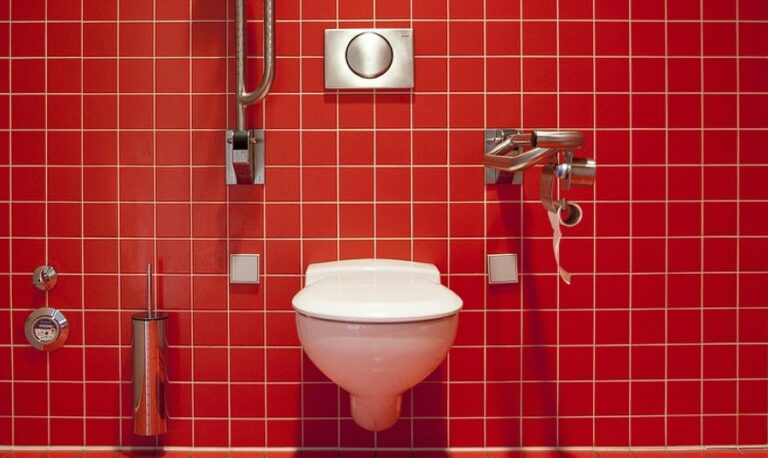If you have a sense of potty humor, you may have come across the legend of the English plumber Thomas Crapper, the man who supposedly invented the toilet. After he created the latrine as we know it, the story goes, his name became synonymous with the act of using it.
But in reality, rudimentary toilets predate Crapper by several thousand years, and even modern flush toilets predate that story by several centuries. So, who really invented the toilet?
The earliest known toilets date back about 5,000 years to ancient Mesopotamia. These simple, pit-style potties were lined with a series of long, ceramic tubes that kept the solid contents from leaching into the surrounding soil while also allowing liquids to seep out slowly through small holes, Nature magazine(opens in new tab) reported. Unfortunately, the names of whoever designed them are lost to history.
More complex toilets first appeared nearly a millennium later, in the ancient Minoan civilization on the island of Crete (later overtaken by Mycenaean Greeks). These public commodes show the first evidence of water being used to carry away waste, a practice that was later picked up by the Romans. Though Roman latrines were pretty similar to their Greek predecessors, featuring rows of bench seats with holes positioned above a sewer, “they did have one sophisticated innovation, and that was centralized plumbing,” Christoph Lüthi(opens in new tab), a sanitation and infrastructure planner at the Swiss Federal Institute of Aquatic Science and Technology, told Live Science. This meant that rather than each individual washing away their waste with a nearby ceramic pot filled with water, all undesirable material was funneled to a centralized sewer by slow-moving water, where the waste washed into the same river or stream.
The first modern flush toilet was devised in 1596 by the Englishman Sir John Harington, a courtier of Queen Elizabeth I. “Up till then, it was really all about pits,” Lüthi said. Harington had a model of his “Ajax” toilet (the name was a pun on a “jakes,” which was slang for “toilet”) installed in his own home and, later, in Richmond Palace, a royal riverside residence in England. It reportedly took 7.5 gallons (28 liters) of water to flush, and notoriously lacked an S-bend, which meant the smells could waft back into the room without being curbed. Perhaps unsurprisingly, the Ajax never really caught on with the public.
more at livescience.com
Ask me anything
Explore related questions





